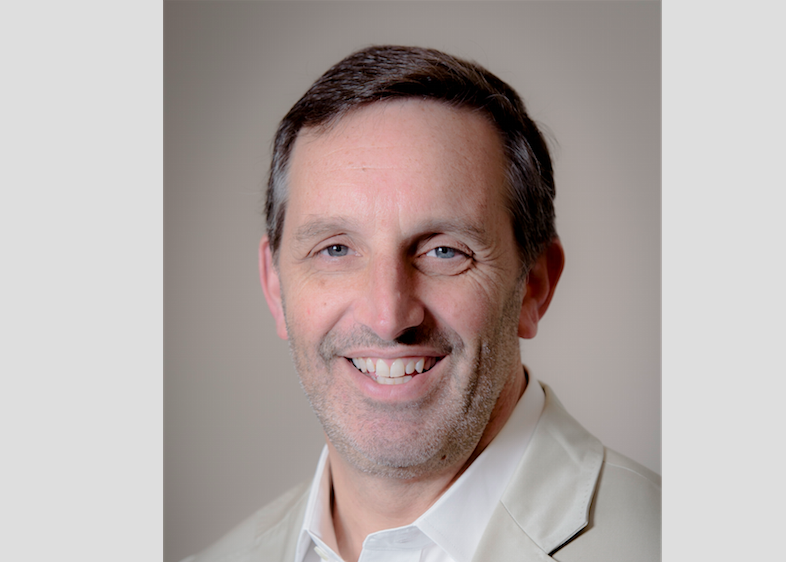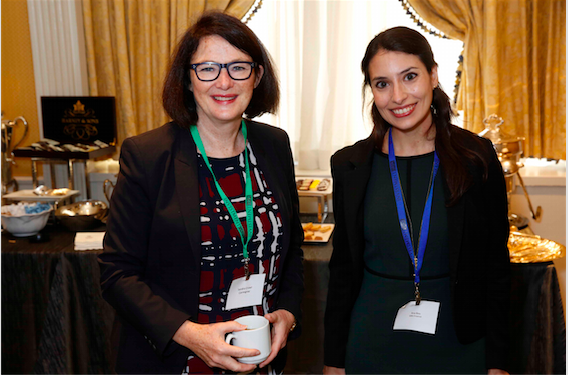Aston Martin and the Real Estate Branch of the Coto Family Join Forces for a Luxury Real Estate Project
| By Fórmate a Fondo | 0 Comentarios

Aston Martin is collaborating with global property developer G and G Business Developments on a unique waterfront real estate project at the mouth of the Miami River. Aston Martin Residences at 300 Biscayne Boulevard Way will be a striking 66-floor luxury residential tower featuring approximately 390 condominiums offering incredible panoramic views of Biscayne Bay and the Miami area.
G and G Business Developments, the luxury real estate branch of the Coto family, has a reputation for pursuing innovative projects with a clear vision which ensures the delivery of exceptional results. To this Aston Martin brings its ability to define luxury and exclusivity through craftsmanship, design and attention to detail, understanding the important balance between beauty and performance.
Aston Martin’s design team, led by EVP and Chief Creative Officer, Marek Reichman, will design the interior spaces including the two private lobbies, the two-level fitness centre with ocean views and the full-service spa amongst other shared spaces in the development. When the development opens in 2021, seven penthouses and a duplex penthouse – all of which will enjoy private pools and spacious terraces – will be complemented by a range of luxury one to four bedroom condominiums.
These beautiful spaces will be encased in a bold sail-shaped building, an engineering master-piece designed by Revuelta Architecture and Bodas Mian Anger, renowned for creating landmark properties that are aesthetically pleasing and yet grounded in performance and purpose.
Katia Bassi, VP Aston Martin and Managing Director AM Brands said: “For over a century Aston Martin has delighted in working with talented people who not only understand our ethos but embody it. G and G Business Developments are just such people and we are excited to be collaborating with them to create truly exemplary residences. This remarkable new ven-ture realises our long-term vision of entering the world of luxury real estate, and is a natural extension of the Aston Martin brand. We create beautiful cars for those who appreciate automotive fine art, and we are excited to extend our expertise in design and craftsmanship into a project of this calibre. Such ventures enable us to further enhance and grow the brand into new aspects of the luxury world that appeal to both our existing and future customers.”
German Coto, CEO of G and G Business Developments said: “I am particularly proud of this project and our partnership with such an iconic British brand. We are working closely with the Aston Martin design team to create a stunning tower that will enhance and define the new Miami skyline. The collaboration is a beautiful mix of technology, style and elegance. I be-lieve that together we can build a highly desirable place to live, setting new standards in both design and quality of life.”
The Aston Martin Residences at 300 Biscayne Boulevard Way is part of a carefully curated collection of luxury projects and experiences within the Art of Living by Aston Martin portfolio’ taking customers beyond sports cars and expressing the company’s design and cultural ethos into other products and experiences.
The brand’s signature understated elegance, authenticity of materials and clean lines will be evident throughout and residents will experience the Art of Living by Aston Martin at every touch point. Highlight features will include doors with bespoke artisan Aston Martin handles, number plinths and kestral tan leather door tabs. Aston Martin designed reception desks fea-turing craftsmanship from the company’s halo products will adorn each lobby, along with key design features in all shared areas, including a beautiful infinity pool located on the 55th floor. Residents of the new development will also be able to enjoy easy access to the turquoise wa-ters of Miami via an exclusive yacht marina.
Reichman concluded: “As our first real estate project, we wanted to express the timeless style of Aston Martin through design elements and materials appropriate for an ultra-modern residential building. Our design team is providing the inspiration for a look and feel that will be truly Aston Martin.” The sales centre for the Aston Martin Residences at 300 Biscayne Boulevard Way will open in March 2017 and the project will break ground during Summer 2017.










